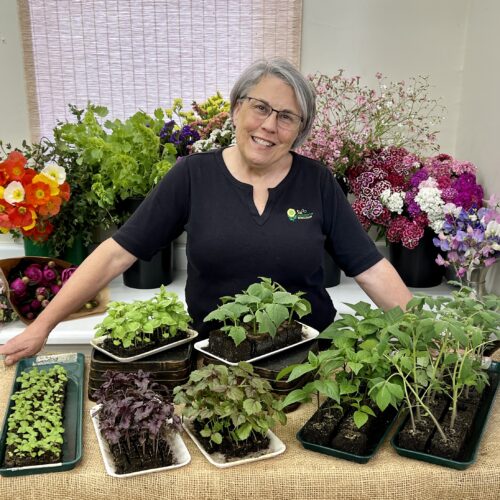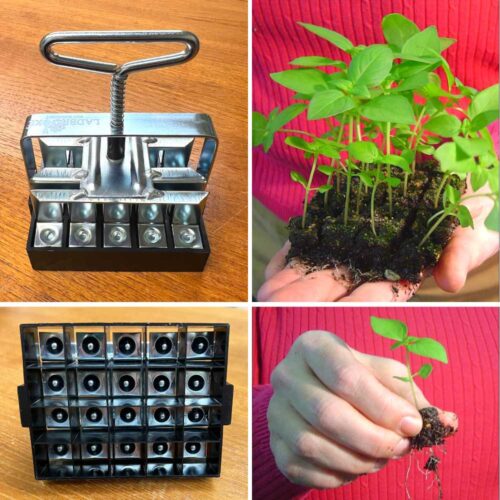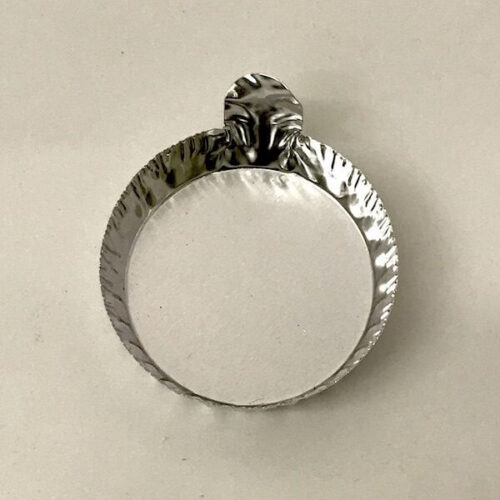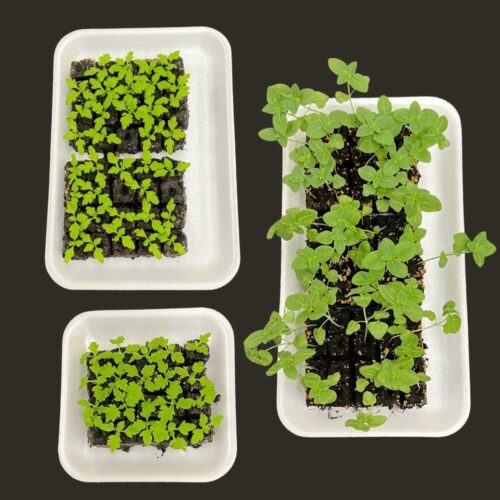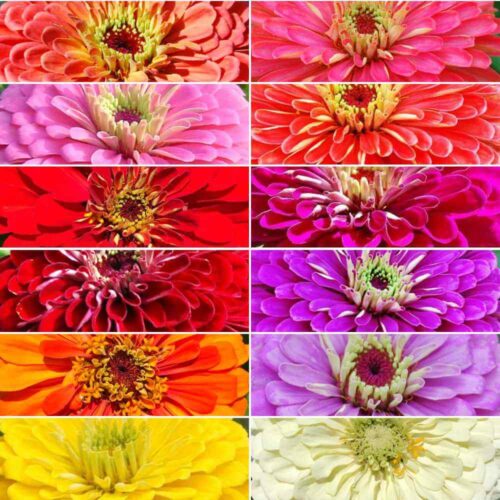Growing Cool Flowers in the North
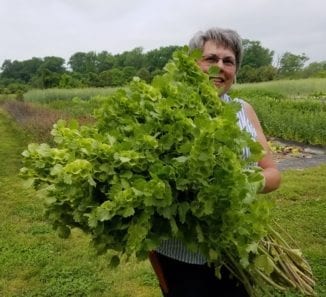
I plant Bells of Ireland seeds in the garden in the fall to sprout into a baby plant to winter over for spectacular blooms in spring! I was told it wasn’t possible in the south–but you will never know until you try.
How can gardeners in the more northern regions include hardy annuals(HA) in the garden? The thing about HA is it’s all about the timing of when to plant, providing excellent drainage and protecting the young plants from the cold winter wind. Find or create these conditions in your garden and enjoy this great group of flowers. You will never be sorry.
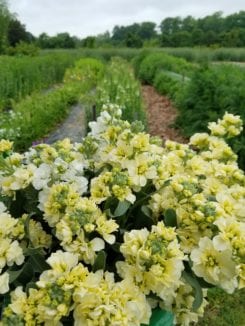
Stock does great planted outdoors in early spring.
Early Spring Hardy Annual Planting
What first comes to mind is that all gardeners can plant HA mentioned in my book Cool Flowers. When is early spring? Up to 6-8 weeks before the last spring frost. The key is to prepare the planting beds in fall and cover with mulch or film to prevent cool-season weeds from sprouting throughout winter. These beds will be ready and waiting to receive transplants come early spring. It is nearly impossible to prepare soil in early spring because of wet or frozen soil and snow cover. More than once I have swept the snow off of film covered beds made in fall to plant in mid-February. The goal of this planting time is to get plants–not direct seeding (not enough warmth for garden sprouting) into the ground as the season is just beginning to head from winter-like conditions into spring-like conditions but still to cold to plant warm-season tender annuals. HA can take cold conditions, sustaining well below freezing for short periods of time–especially with a row cover. This planting of HA is weeks earlier than warm-season tender annuals like zinnias and sunflowers.
Summer with Hardy Annuals?
When hardy annuals are planted “in” their preferred cool conditions they become well established. These well-established plants when harvested on a regular schedule will keep on producing blooming right through summer in regions where summer heat and humidity aren’t so intense. These plants if kept fed and weeded will rally again to bloom throughout fall right up to the first hardy frost. (Mature plants are more vulnerable to cold so may not survive winter after a season of blooming.)
Fall Hardy Annual Plantings
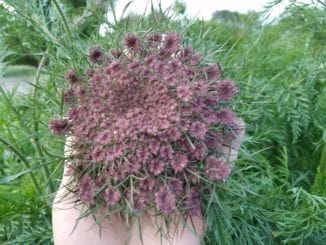
False Queen Anne’s Lace, (Daucus carota, ‘Dara”) is one of the hardy annuals I suspect can be fall planted in the north because it could be winter hardy much further north then my zone 7 garden.
Fall planting in the most northern conditions can be more of a challenge. The standard Cool Flowers practice is to fall plant any HA that is winter hardy in your region (see pg. 138 quick reference) — pretty straight forward. Transplants or seed sown in the garden 6-8 weeks before the first hard fall frost in time to become established before winter comes will do great. Caution: do not plant much earlier than the 6-8 weeks before frost because the plants may grow to big before going into winter. The excessive foliage will sustain winter damage and makes the plant more vulnerable. Areas that have heavy snow all winter will have little success with fall planting because the plants need light.
Here’s a challenge: there is very little documentation of how winter hardy many of the HA really are. Because planting in the garden in fall wasn’t practiced by many and even fewer recorded it, there just isn’t any information available. With that said, in Cool Flowers you may notice that some of the plants are listed to be winter hardy to zone 7. That’s because that is my growing zone and my own experiences were the only documentation available. I successfully fall planted them and grew outdoors for the past 15 years in all kinds of crazy conditions. My conclusion is that many of the HA are winter hardy further north of the listed zone because of how well they perform under winter conditions.
With all this said I would try outdoor fall plantings of several HA in zones north of those zones listed in Cool Flowers with the potential for great success. Using low tunnels inside of unheated hoophouses has great potential also.
My suggestions to try:
- Bupleurum ‘Green Gold’ or ‘Garibaldi’
- False Queen Anne’s Lace ‘Dara’
- Sweet William ‘Amazon’
- Snaps ‘Rocket’, ‘Chantilly’
- Bachelor Buttons ‘Boy’ Series
- Poppies ‘Champagne Bubbles’
- Feverfew any
- Rudbeckia ‘Indian Summer’, ‘Prairie Sun’, ‘Double Daisy’, and ‘Goldilocks’
Stack the cards for a fall test planting by:
- Planting on time
- Provide excellent drainage
- Full sun site
- Low tunnels of lightweight row cover
I find the simply use of hoops and lightweight row cover to provide enough protection from wind, concentrates sunshine, and creates a great environment that boosts the plants significantly. The row cover I use provides 4 degrees of cold protection, but it’s the wind protection that makes such a big difference. I can double it for plants that might need added protection. I do not irrigate at all during winter because rain penetrates row cover– if heavy snow is forecasted I pull covers off and let the snow insulate.
For more hardy annual growing information check out my Cool Flowers Virtual Book Study!
I hope this helps you to include Cool Flowers in your garden!
Lisa Mason Ziegler is a commercial cut-flower farmer in Newport News, Virginia; she lectures and writes about organic and sustainable gardening. You can email Lisa at [email protected] , call her at 757-877-7159 or visit her websitewww.shoptgw.com .
Like us on Facebook and follow us on Instagram to keep up with the farm

